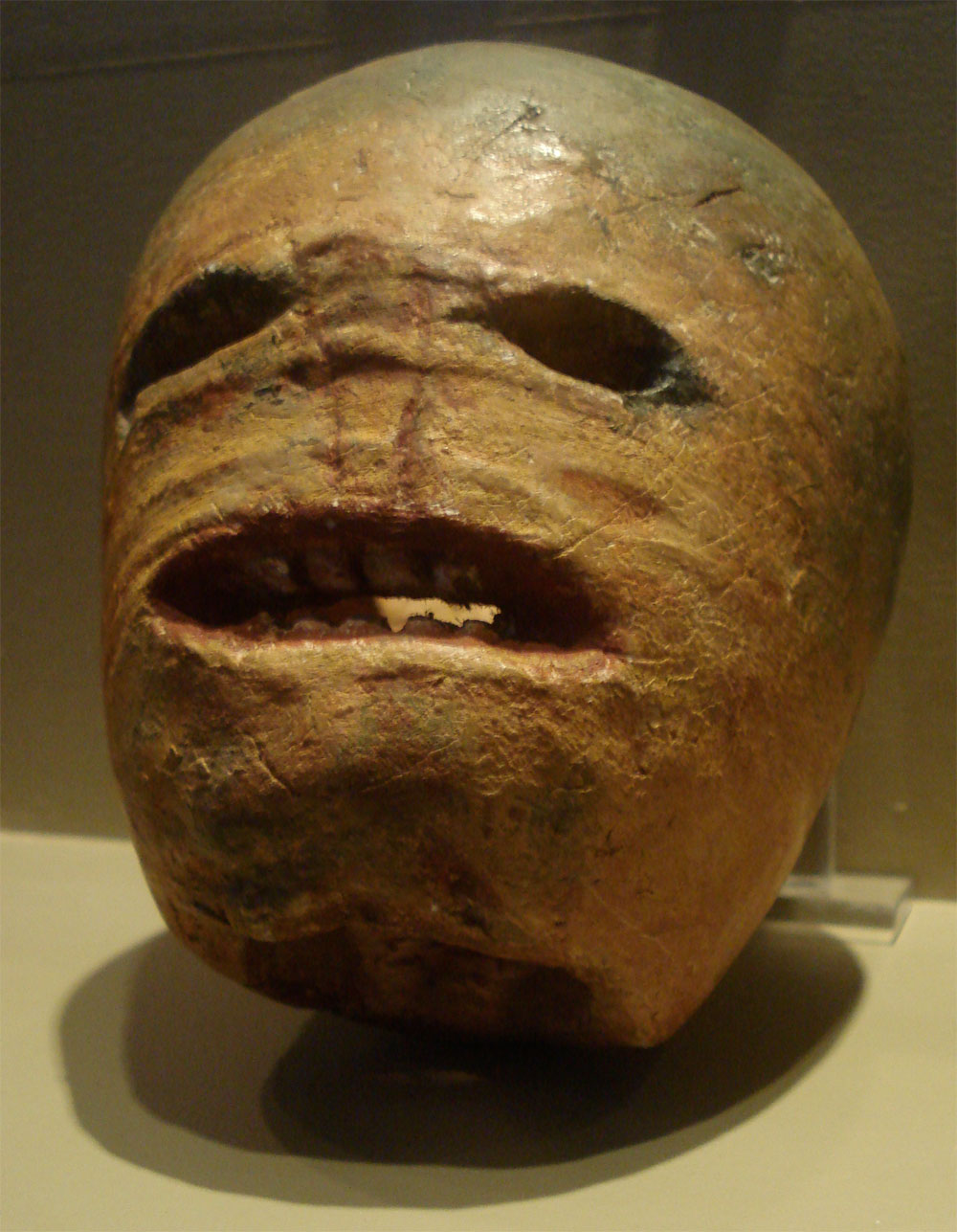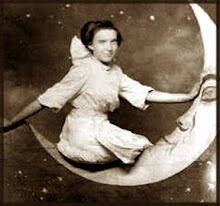
The first Jack-O'-Lantern's were, in fact, not pumpkins, but turnips. In Scotland these carved turnips (or 'neeps' as they're regionally known) were called 'Tumshie Lanterns'. Scottish children would carry these lanterns out while 'guising'.
In Scotland children traditionally go guising on Hallowe'en. "Going around the houses guising, they are given money (not sweets) and to earn the money they either sing, tell jokes, or have a really good costume. (The scarier the better for making money.) My son, one Halloween made £20 worth of pennies." explains Scottish author and artist Sharon McPherson.

The turnips that were used for carving are in fact Swedish Turnips (Swedes) or Rutabaga as it's known in the U.S. Irish immigrants brought this tradition to America, however the turnip was traded in for the much more easily carved pumpkin (which they did not have in their native country). You can read more about the history of the Jack-O'-Lantern here on the History Channel website.
This year I decided to carve a turnip (swede) in honor of tradition. I now know first hand why the pumpkin was so much more appealing to hollow out and carve for the immigrants. It took me about 2 hours to hollow out and carve the little turnip and I got a nasty blister on my finger due to the force that was needed to gouge out the flesh. We decided to go with a gentler, more pumpkin-like expression instead of the ghoulish face that would have been more traditionally carved into it. All in all I'm very pleased with myself since I think it turned out quite nicely.

Pictures: My Tumshie Lantern and a traditional Jack-O'-Lantern (carved neep) on display in the Museum of Country Life, Ireland



